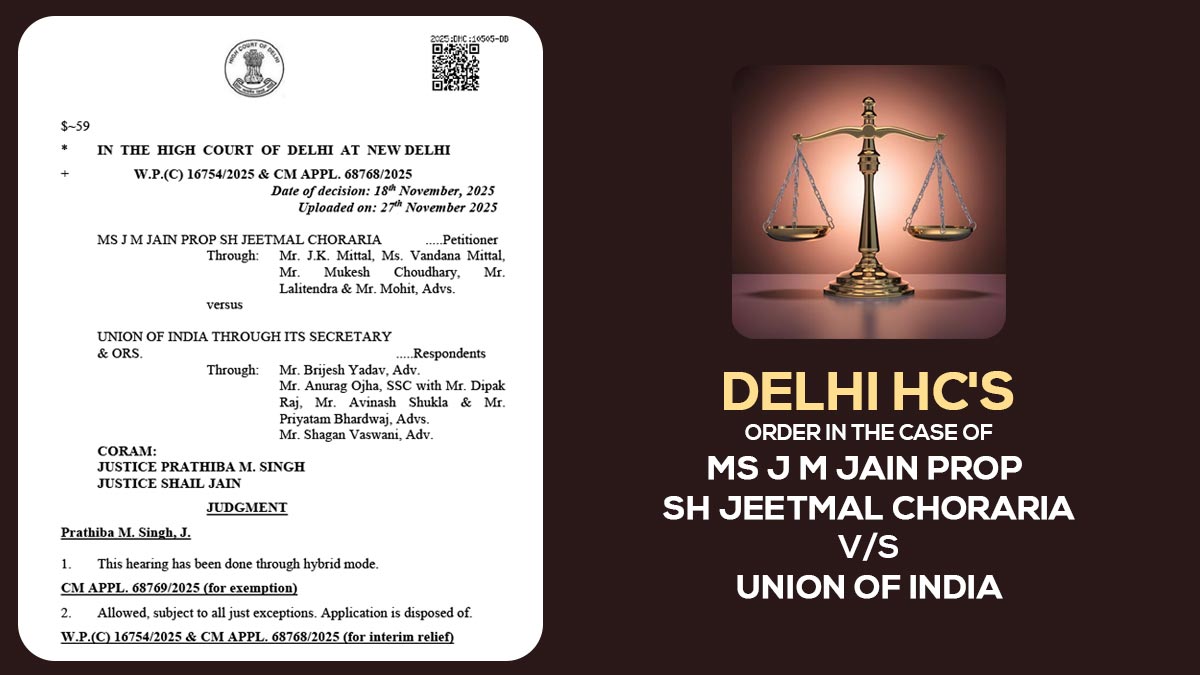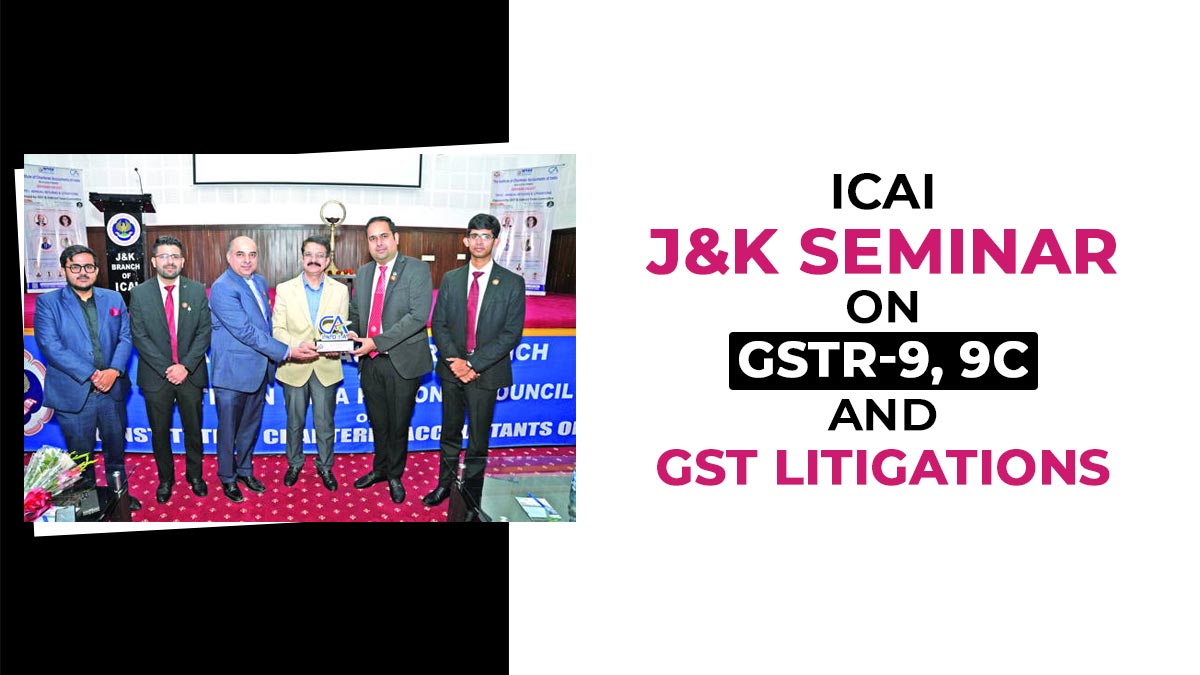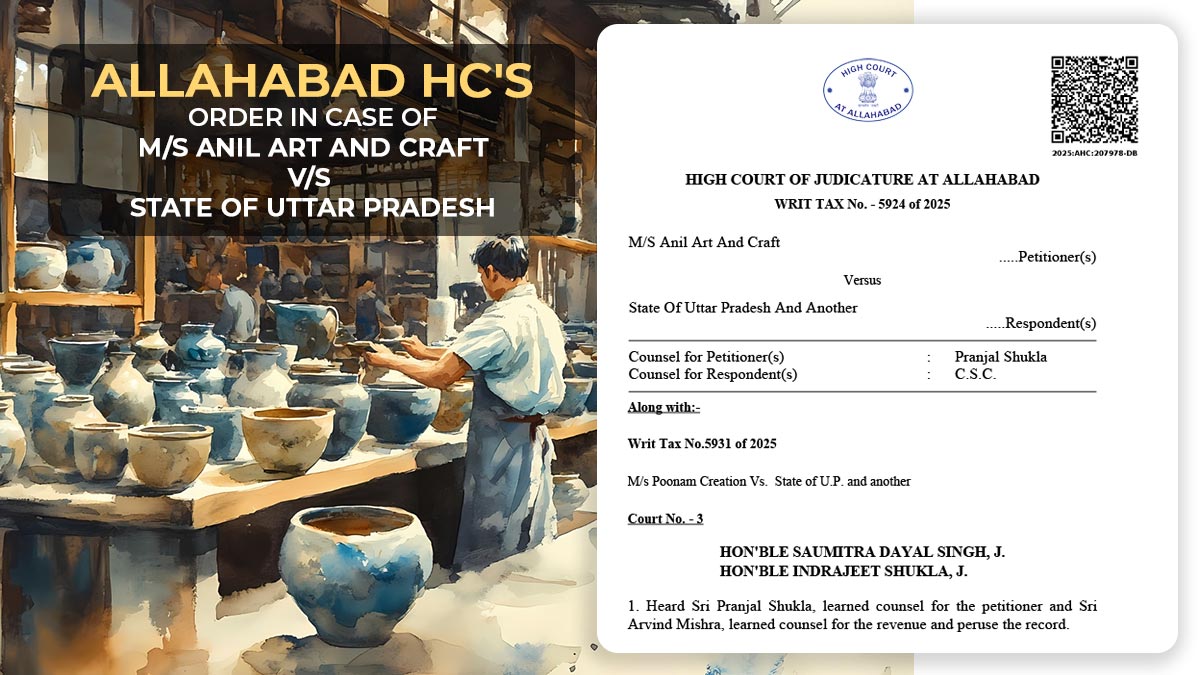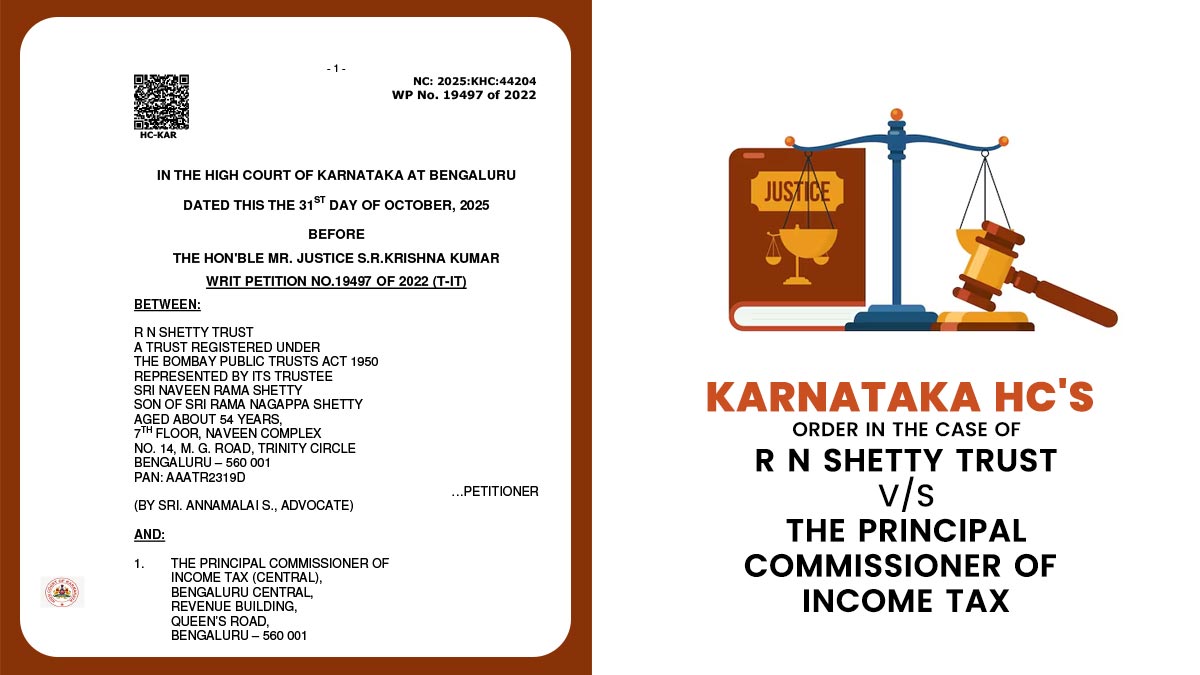GST Council has from always been an Institution known not just for ensuring the better implementation of GST in the country but also had stood strong on the anti-evasion measures. As of now, in this current fiscal with the lowering of the indirect taxes, the strong anti-tax evasion rules have been given some relaxation for the time being and as per the experts, this is only a matter of time.
The businesses and traders have been for a time being, offered with a relaxation period when the scrutiny of GST compliance has been put on hold for a few months. This decision has been taken by the Government despite the gap in the revenue receipts this fiscal year, contrary to the decision where the Government has set a massive 18% growth forecast for the Fiscal year 2019-20.
But, on the other side, the authorities are not completely ignoring the strict rules, they would however be continuously collecting data on transactions via various sources which will fill all the gap once the enforcement measures are scaled up.
It looks like Government has enforced pause on the anti-evasion measures till early July as a part of a strategy for avoiding disturbance to the large business and trading community and fetch their favour in the national polls which are due in April-May. This has been informed by one of the government officials. The decision taken by the Government looks like a wise and experience-based decision as, in this meantime by July, the tax officials would be available with the annual returns, as well as audit report for the first year 2017-18 after the GST implementation as tax reform in the Country. This would be the time when, India would have completed two-years of GST reign, which has been the largest tax reform after independence.
“After the elections, enforcement will be stepped up. Now a long rope has been given. All data about registered businesses, the volume of transactions and those who do not file returns are captured by GST Network (the company that processes tax returns),” he added.
At this point in time, a scale-up in the anti-evasion measures would be proved to be crucial and achieving a raised GST collection target of 18% for FY20 would not be easy for the Union Government. The GST collection target for FY20 was set at ₹7.6 trillion which has been now lowered in this interim budget to ₹6.4 trillion for FY19.
Another senior official while talking about the unsure conditions, talked and showed more concerns regarding the tax evasion measures
“We no longer speak in terms of ‘enforcement’. We speak about encouraging compliance. We have reduced tax rates. That itself will increase compliance. Besides, we have the data available about non-filers.” He added that central and state governments will take steps to increase compliance.
The present data regarding tax payment reveals that there is a small population, about two-thirds of the 11 million businesses, excluding the 1.7 million entities of the concessional flat tax scheme, registered under GST, who file their monthly returns. Officials have informed that according to the new policy, which has been decided, for the time being, the key anti-evasion feature of GST of matching the invoices of the buyers and the suppliers have been suspended.
The tax evasion would now be traced by checking the details furnished on some of the source document like the e-way bills for the goods transported, invoices of all the transactions, data recorded by transport authorities and the details fed in the income tax return filed by businesses. These set of documents would be sufficient for the authorities to check any tax evasion.
“We know which registered business is not filing returns and who is short paying taxes. When the time is appropriate, we will hold them accountable,” the first official added.
As per experts, it is only for a short time that leverage is being given by the central and state authorities to businesses and traders and strict action would be taken against tax evasion.
“The action on non-filers and those paying lower taxes compared to the transactions undertaken by them is expected to increase after the GST annual returns for 2017-18 are submitted by 30 June. This will also signify two years of GST and the government believes that enough time has been given to businesses to settle down and become compliant,” said M.S. Mani, partner, Deloitte India.
The Policymakers justified the measures taken by the Council time to time, like the tax cuts implemented several times along with the rule changes, also the rollback of some anti-evasion provisions like invoice matching. They said that all the steps taken by the council was required and was essential for the GST model to work.
Recently, the council came up with a major change in the taxation policy and has doubled the threshold limit of the sales for businesses to ₹40 lakh. This would enable about 2 million taxpayers to stay out of the taxation regime and would not be required to get registered with the GST cell. Though many businesses wanted to get registered as the big companies prefer the registered entities.
Read Also: All Expectations of 33rd GST Council Meeting (20th Feb 2019)
A third government official laid emphasis on the importance of getting all the businesses registered but at the same time said that it would have created chaos. “Besides, revenue receipts from small businesses are not significant. There has to be a balance in achieving the optimum tax base and in ensuring that compliance does not become too rigorous. Raising the turnover threshold for registration was the best possible way to do that.” – he said.










